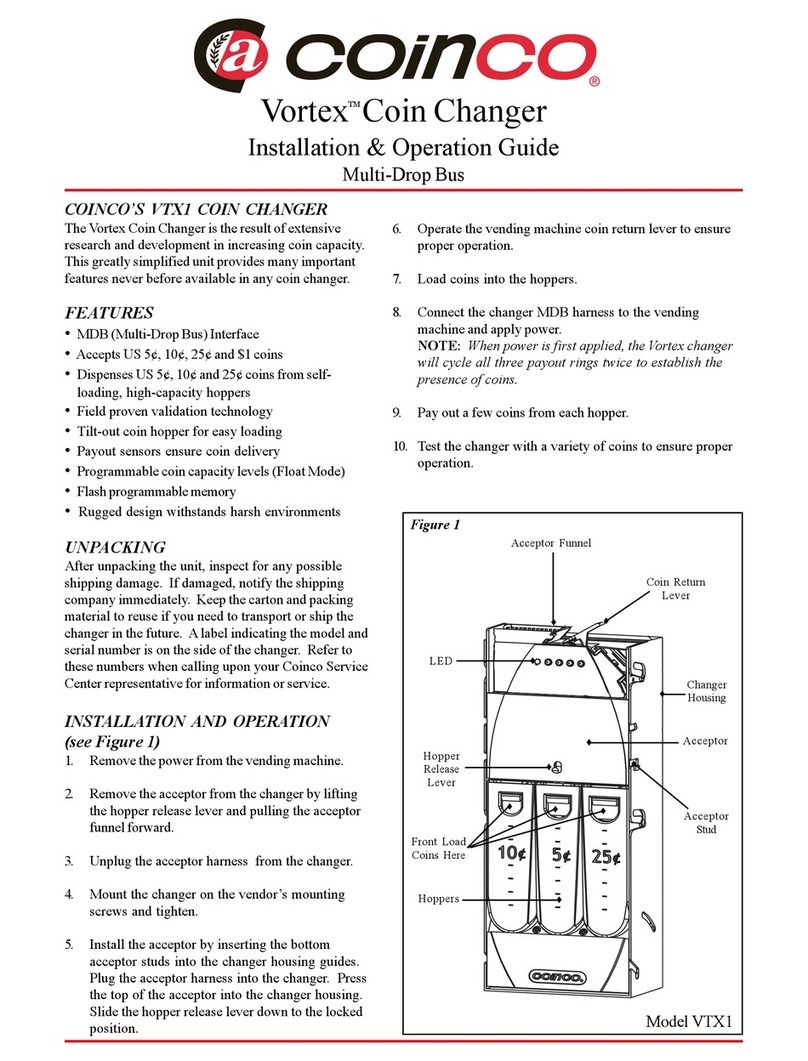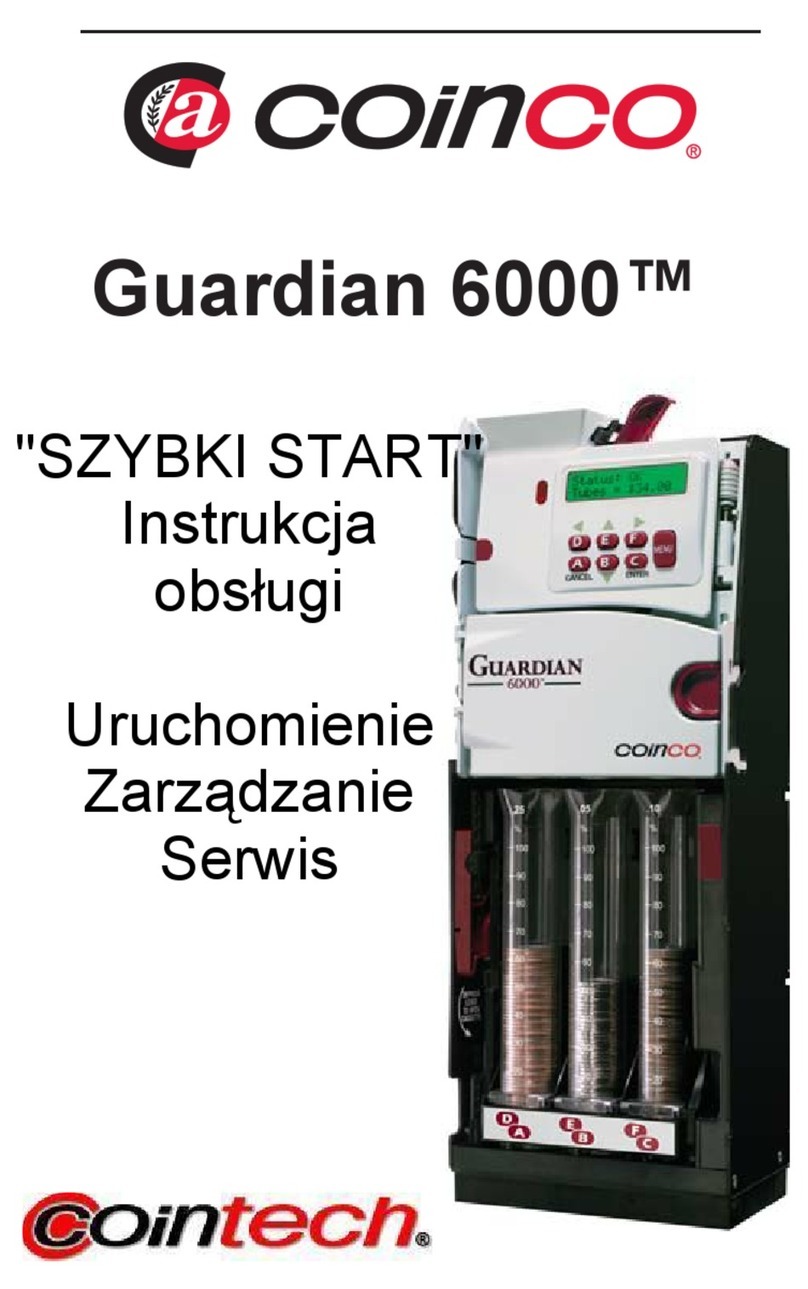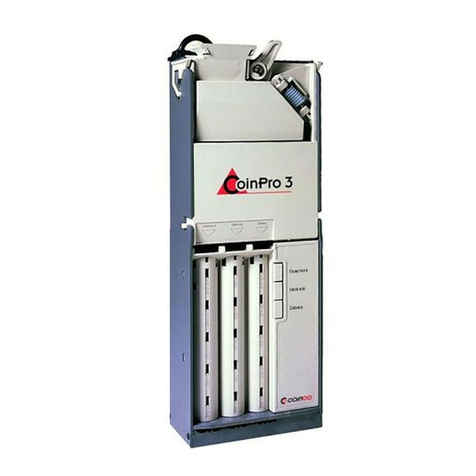
English (GB) Installation and operating instructions
Original installation and operating instructions
Table of contents
1. General information ........................4
1.1 Hazard statements..........................4
1.2 Notes ..................................4
1.3 Target group..............................4
1.4 Purpose of this manual .......................5
1.5 Safety of the system in the event of product failure ......5
1.6 Working with chemicals .......................5
2. Product introduction........................5
2.1 Intended use .............................5
2.2 Installation example .........................6
2.3 Operating principle..........................6
2.4 Identification..............................7
3. Delivery and handling .......................8
3.1 Handling ................................8
3.2 Unpacking ...............................8
4. Installation ..............................8
4.1 Installation location .........................8
4.2 Mechanical installation .......................8
4.3 Electrical installation .........................8
5. Startup................................10
5.1 Functional tests before startup..................10
5.2 Tightness checks before startup.................10
5.3 Starting up the 185 change-over device ............11
6. Operation ..............................12
6.1 Control cabinet ...........................12
6.2 Change-over device ........................12
6.3 Operation modes..........................12
6.4 Emergency operation .......................13
7. Fault finding ............................13
7.1 Device does not change over ..................13
7.2 Lamp does not light up ......................13
7.3 A fault is signalled at the potential-freeoutput.........13
7.4 Notes for other faults .......................13
8. Maintenance ............................14
8.1 Maintenance schedule ......................14
8.2 Cleaning ...............................14
8.3 Spare parts and maintenance kit ................14
9. Decommissioning ........................14
10. Technical data ...........................15
10.1 General data ............................15
10.2 Electrical data............................15
10.3 Dimensions .............................16
11. Disposing of the product ....................16
1. General information
Read this document before you install the product.
Installation and operation must comply with local
regulations and accepted codes of good practice.
1.1 Hazard statements
The symbols and hazard statements below may appear in Grundfos
installation and operating instructions, safety instructions and
service instructions.
DANGER
Indicates a hazardous situation which, if not avoided, will
result in death or serious personal injury.
WARNING
Indicates a hazardous situation which, if not avoided,
could result in death or serious personal injury.
CAUTION
Indicates a hazardous situation which, if not avoided,
could result in minor or moderate personal injury.
The hazard statements are structured in the following way:
SIGNAL WORD
Description of the hazard
Consequence of ignoring the warning
• Action to avoid the hazard.
1.2 Notes
The symbols and notes below may appear in Grundfos installation
and operating instructions, safety instructions and service
instructions.
Observe these instructions for explosion-proof products.
A blue or grey circle with a white graphical symbol
indicates that an action must be taken.
A red or grey circle with a diagonal bar, possibly with a
black graphical symbol, indicates that an action must not
be taken or must be stopped.
If these instructions are not observed, it may result in
malfunction or damage to the equipment.
Tips and advice that make the work easier.
1.3 Target group
These installation and operating instructions are intended for
authorised and trained operating and service experts.
1.3.1 Qualification and training
The persons responsible for the installation, startup, operation and
maintenance must be appropriately qualified for these tasks. Areas
of responsibility, levels of authority and the supervision of the
persons must be precisely defined by the operating company. If
necessary, the persons must be trained appropriately.
1.3.2 Obligations of the operating company
• Observe the local safety regulations.
• Instruct the operating persons.
• Provide the stipulated safety equipment and personal protective
equipment.
• Arrange regular maintenance.
4
English (GB)



























